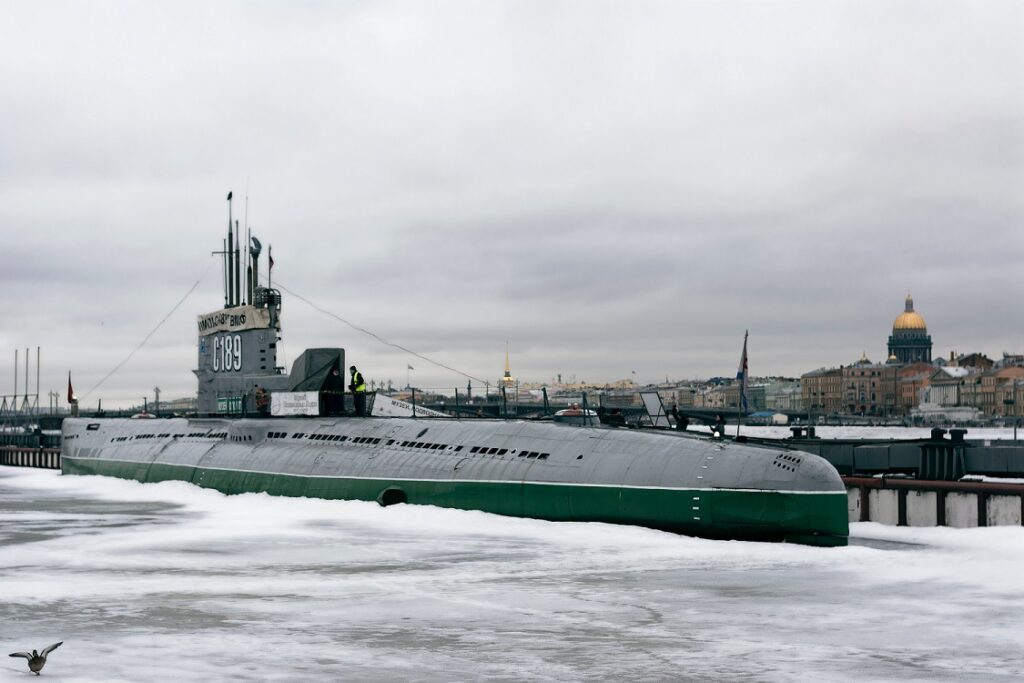
The Hunt for Red October
4/3/2023
You might remember the Cold War movie, The Hunt for Red October, which is an adaptation of Tom Clancy’s 1984 novel. The plot line features a rogue Soviet naval captain who wishes to defect to the United States with the Soviet Navy’s newest and most advanced ballistic missile submarine. Clancy was ahead of the curve. The book was published six years before the toppling of the Berlin wall in 1989. Today Russian President Vladimir Putin routinely says the subsequent implosion of the USSR was Russia’s greatest geopolitical catastrophe of the 20th Century.
One of Putin’s geopolitical goals in his ongoing war with Ukraine is to reclaim lost land and push NATO backward. I believe that Putin also wants to further control the flow of oil and natural gas moved through Ukrainian pipelines to Europe. Recent instances of sabotage suggest much is at stake. Last September, someone blew up the underwater Nord Stream pipelines in the Baltic Sea. Other examples of sabotage include the dredging of subsea underwater fiber optic cables near the North Norwegian Svalbard Islands (the location of a satellite ground station) and the Danish Faroe Islands. Both the Svalbard and Faroe Islands are critical strategic security military locations for monitoring underwater Russian submarine activity, as these underwater corridors permit access into the North Atlantic and points south.
Space is becoming another arena for international subterfuge. The US, China, India, and Russia are the four countries that have anti-satellite abilities. In 2007, the Chinese used this technology to destroy a low orbit satellite. The very low-orbit of this satellite facilitated the disintegration of the debris as it burnt up during re-entry to earth’s atmosphere. In 2021, Russia deliberately destroyed one of its defunct satellites that was much higher in orbit causing the space debris to remain for a much longer period. It is no secret that Russia and China are gaining ground in their space programs and aiming for space stations for both military and commercial applications. The US, Russia, and China seem to be competing for control of the moon, its resources, and its strategic location as the Earth’s only natural satellite. A little lower in altitude, we cannot forget the infamous Chinese balloons floating over the US as possible surveillance technology.
To add to all these shows of strength is the Chinese buildup of nautical activity in both the East and South China Seas. Naval experts suggest China’s navy is already the largest navy in the world.
If Tom Clancy was still living today, I wonder what he would think about the re-emergence of geopolitical activity by modern Superpowers. In Tom Clancy’s world, the Superpower conflict pitted the US against the Soviet Union. Today, the real Superpower hostility seems to be between the US and China, while Putin is seeking to dilute his ‘bad cop’ strategy with China’s plan to become a global ‘good cop.’ This hostility poses many risks and has already caused a shift in the world order of the last thirty years.
Gary Martin

